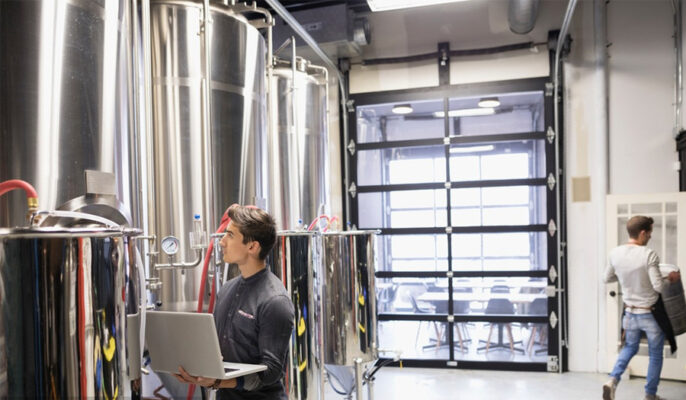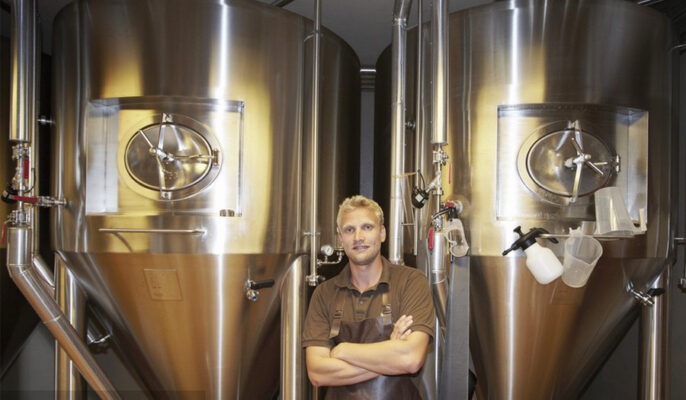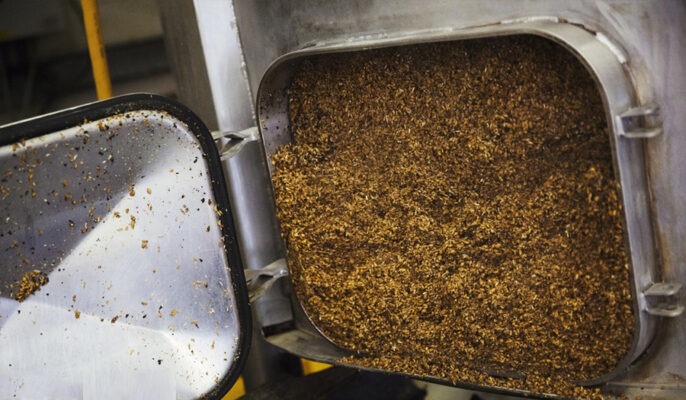Many people in the world like to drink beer, but only a few consumers understand how beer is made. There are similarities and differences between each type of brewing, from microbrewing to craft brewing to commercial brewing. Commercial beer brewing is a profitable business that is popular in the United States. All breweries/individuals interested in starting a brewery must have a brewery license issued by the state and verified by the Bureau of Alcohol, Tobacco, and Firearms.
What is commercial brewing?
The term commercial brewing refers to the process of brewing beer on a large scale and in large quantities. The beer industry defines a commercial brewery as one that brews more than 6 million barrels of beer per year. These breweries are large, operate globally, and distribute their products all over the world.

Develop a business plan
As an experienced home winemaker, it can be difficult to imagine going straight into the commercial world. All these batches and brew days teach you how to brew great beer. The first step in brewing beer is developing a business plan. The plan should include your brewery goals, target market, financial projections, and marketing plan. Your business plan should also outline the legal requirements for opening a brewery in your area and the resources you will need to get started.
Get a license
Brewing beer requires obtaining several licenses and permits. You’ll need a brewer’s license from the state and federal governments, as well as any local licenses required by your municipality. Depending on where you live, you may also need to get more permits such as wastewater discharge or health and safety inspections.
Choose the right brewing equipment
Choosing the right equipment for your brewery is critical to the success of your brewing business. One of the most important pieces of brewery equipment is the brewery. Before you can start commercial brewing, you need to have some basic types of equipment. This includes kettles, fermenters, boilers, storage tanks, cooling systems, filters, kegs, refrigeration as well as canning, bottling, plumbing, and cleaning tools.
Mash
These vessels are built of 304 stainless sheets of steel incorporated with full CIP (Carriage and Insurance Paid To), false bottoms, Vorlauf and hot liquor piping, and heavy-duty agitation that serve to mash the mash efficiency.
Stainless steel boiler/brewing pot
These pans transfer heat , providing proper sterilization and concentration of the wort.
Fermenter
Provides a place to add yeast to allow ethanol to ferment before maturation.
Filter chamber
The fermented and already matured beer is passed down to the filtration chamber so all unnecessary substances are extracted.
Bright tank
Here, beer goes through a clarification process, also known as beer storage/aging, before it is packaged and sold.
Brewing ingredients
Malt
The most common grain used in beer brewing is barley malt, although other malts such as rye, rice, oats and corn can also be used. The minerals in these gains favor the growth of yeast, which plays a key role in the brewing process.
Water
Beer is 90% water and is vital in the system. Brewers should understand that the type of water they use can have an impact on the quality of their brand. For high quality production, well water is preferred over city water, especially if the city water comes from different inconsistent sources.
The hardness or softness of the water varies from beer to beer. Take high water hardness as an example. It is used in the production of beer, while soft water is used in the production of pilsner beer.
Yeast
Yeast are the microorganisms responsible for the fermentation of beer. It breaks down pyruvate, forming ethanol in beer, and oxidizes the by-product carbon (Iv).
Hops
During the initial stages of brewing green beer, hops are added to the beer to give it a bitter taste. The same is done at the end of the boiling process to impart aroma to the alcohol while still enhancing its flavor. Can also act as a preservative.

Brewing process
Milling grain
The different types of malt are crushed together, crushing the grains to extract fermentable sugars, resulting in a ground product called malt flour.
It proceeds in three steps:
- Soak and Germinate:The grains are soaked for thirty-eight to forty-six hours until they have absorbed half their weight in water. From here the mash is drained and then transferred to the malting room where it is kept at constant humidity and temperature for about four days. This sprouting process activates enzymes that start breaking down the protein in the center of the kernel.
- Drying:Drying takes place in a kiln, retaining only about 4% of the moisture. Twenty-four to thirty-six hours at a temperature of 122-158 degrees.
- Kiln firing:Some dried grains are roasted in kilns at elevated temperatures for prolonged periods. The prolonged heating imparts flavor and color to the malt. The more you heat, the darker the malt will be and the more bitter the malt will be.
Boiling
The wort is transferred to a boiling pot where it is boiled before hops are added to enhance the taste and aroma of the beer.
Wort separation and cooling
Separation takes place in a vortex vessel. At this point, the hops or any grains are removed, leaving a liquid ready to cool and ferment.

Fermentation
Conical tanks are better for fermentation because the yeast can be removed, trapped, and reused later. The correct type of fermenter will help ensure that all the variables and necessary conditions are met to deliver a tasting brewed beer.
Filtration and Carbonation
Beer must be filtered to remove any foreign particles or additives that may have infiltrated in the previous stage, as they may be harmful to human consumption. Carbon oxides released during fermentation play a role here, giving the beer a smooth finish.
Cellaring and Packaging
The coloring process takes place in bright beer cans and takes three to four weeks to clean up, after which the beer is packaged and ready for sale.
How long does it take to brew commercial beer?
As you can see, there is no perfect answer to this question. It varies according to the style of beer and the specific brewing process, as each brewery will make its beer . Since commercial breweries brew such large volumes of beer, they can optimize the brewing process and shorten the brewing time to meet market demand.
Open the road of commercial beer
If one has a passion for brewing, it must be taken to another level with commercial brewing because it is both fun and rewarding. Also, commercial brewing is not as difficult and challenging as it may seem if you have the right directions and instructions and follow them . Micet can provide you with professional technical support and customized services.




